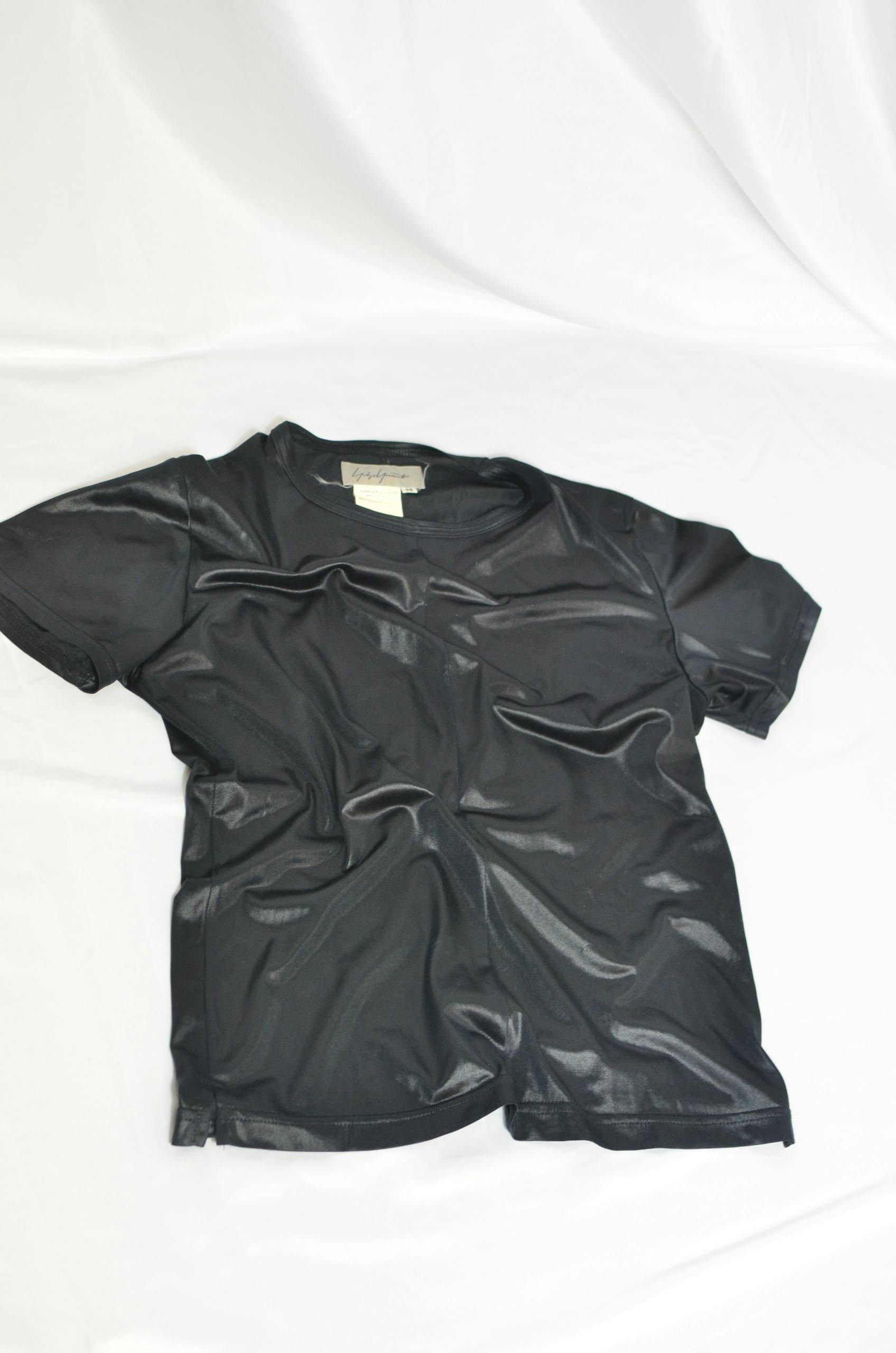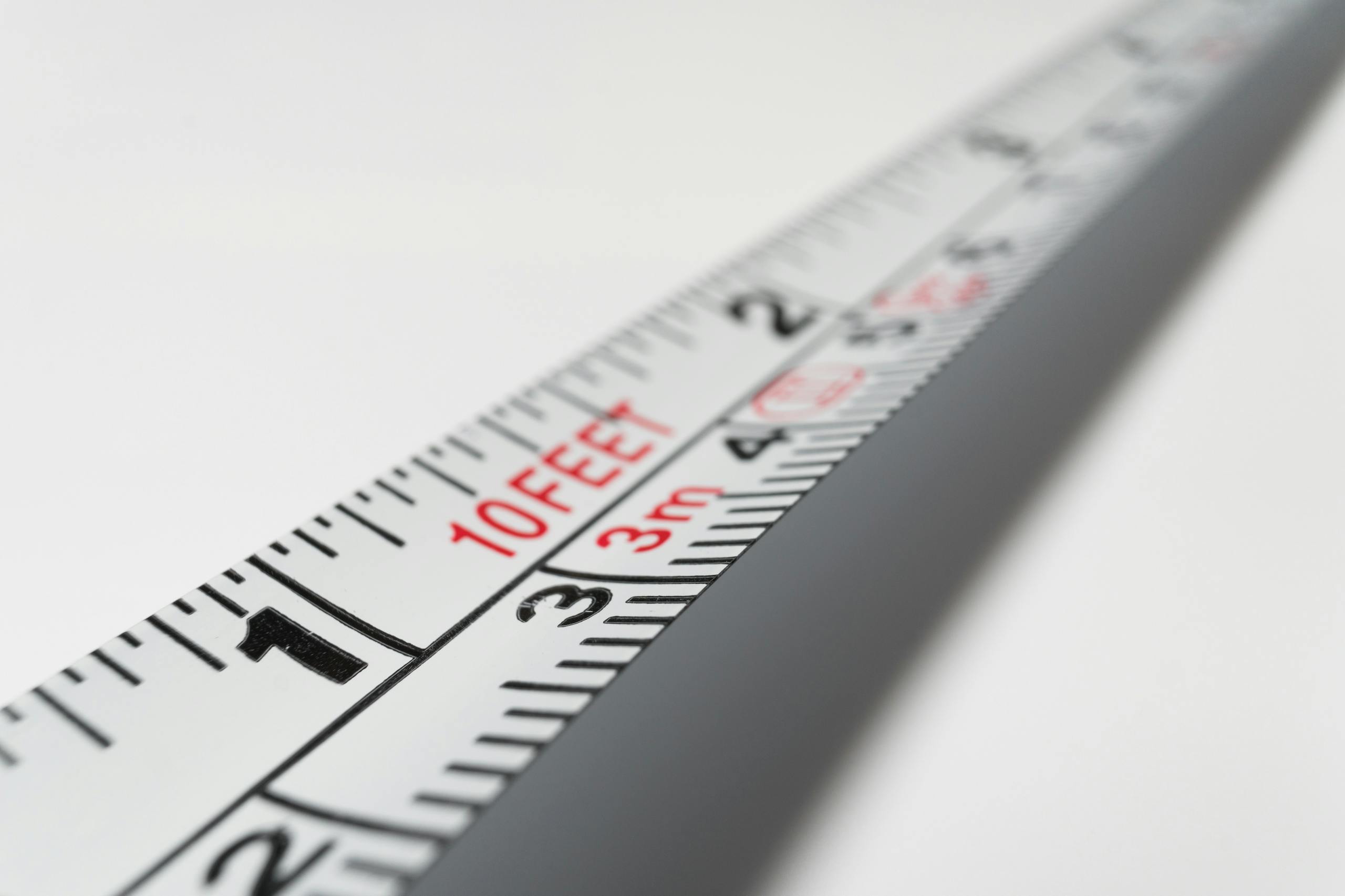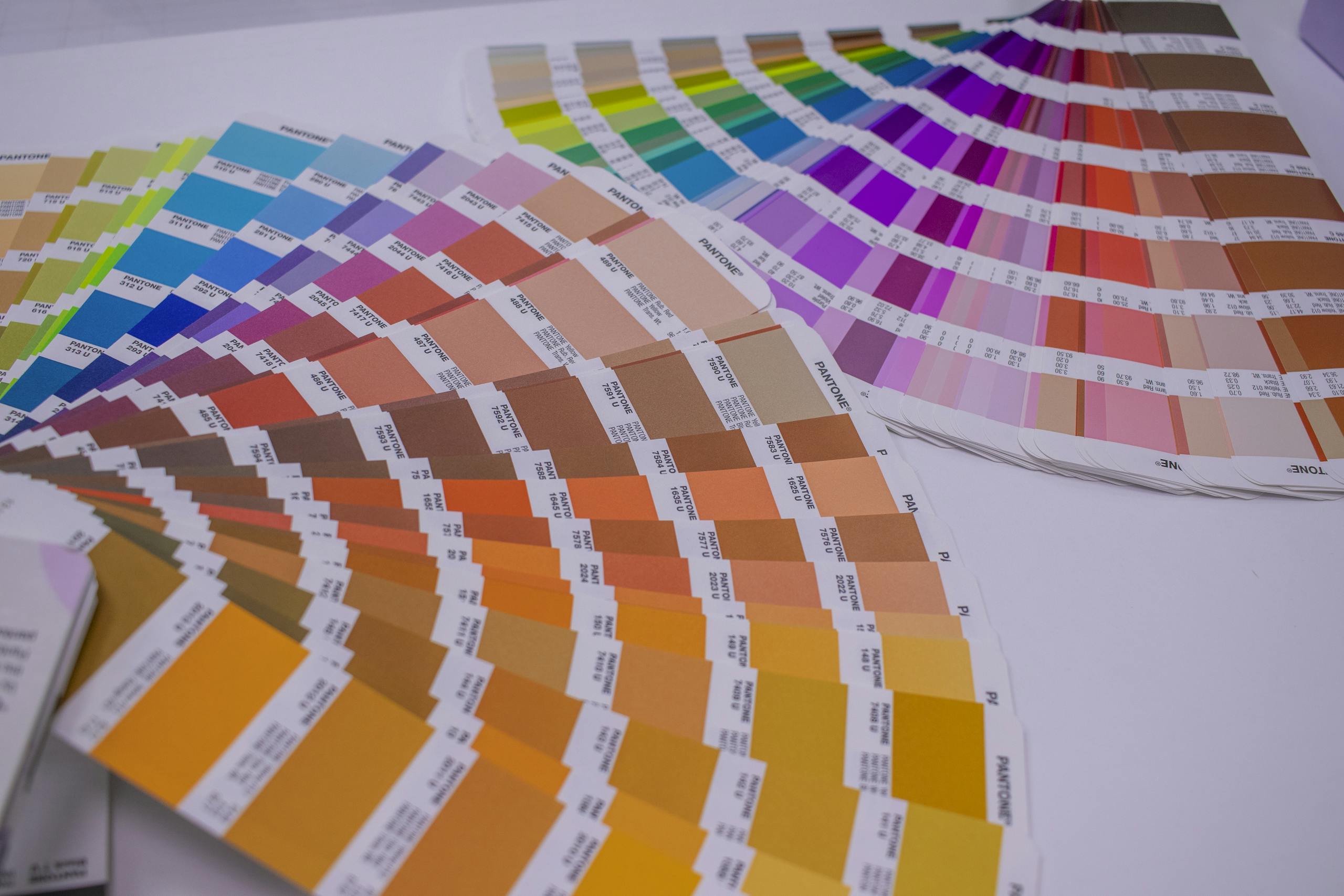When you’re choosing how to decorate your shirts, you might wonder about the longevity of DTF (Direct-to-Film) transfers. These have become popular for their versatility and vibrant color output.
With proper care, a well-applied DTF transfer can last between 50 to 100 washes. This makes them not only beautiful but also durable enough to keep your designs looking fresh.
While DTF transfers are quite durable, their lifespan depends on a few key factors. The quality of materials, correct application, and how you handle washing and drying are crucial.
Using high-quality prints and taking steps to wash and dry clothes carefully can make a significant difference.
For those seeking even longer-lasting solutions, embroidered patches may offer enhanced durability. Understanding these options can help you decide which method best suits your needs, balancing look and longevity.
Understanding DTF Technology

DTF stands for Direct-to-Film, a printing method used to create vibrant prints on various fabrics. This process involves printing designs onto a special type of film, known as DTF film.
A DTF printer is used to print the design onto the DTF film using specialized DTF inks. These inks are designed to produce bright and long-lasting colors.
After printing, an adhesive powder is applied to the film. This powder helps the print adhere to the fabric. The film, with the design and adhesive, is then heated to prepare it for transfer.
DTF transfers offer flexibility as they can be applied to many types of fabrics. DTF prints are praised for their durability and ability to maintain their color over time.
The printing process is relatively simple compared to other methods, and it doesn’t require pretreatment of the fabrics. This makes DTF printing a convenient option for producing custom shirts.
With quality DTF transfers, you can achieve detailed and colorful designs. These transfers are resistant to fading and cracking when handled properly.
Using direct-to-film transfers allows you to create unique and custom designs on shirts for personal or commercial purposes.
Durability and Longevity of DTF Transfers

DTF transfers offer a reliable way to create lasting, vibrant designs on shirts. This technique can provide durability similar to, or even better than, some traditional methods like screen printing or direct-to-garment printing. Here’s a breakdown of the factors that make DTF transfers a robust choice.
Factors Affecting DTF Transfer Durability
Several elements influence how long DTF transfers remain vivid and intact. Proper application is vital; using the correct temperature, pressure, and peeling technique will ensure the best adhesion.
The quality of the ink and adhesive used in the transfer process also plays a crucial role in the final result. Choosing high-quality materials can significantly extend your transfer’s lifespan.
Care instructions are essential too. Typically, washing the shirt inside out and avoiding high heat drying can preserve the print.
Choice of fabric is another consideration; cotton blends may offer better durability than synthetic materials. Each of these factors combines to determine how well your transfer will hold up over time.
Comparative Analysis with Other Printing Methods
Comparing DTF transfers with other common methods like screen printing, sublimation, and direct-to-garment (DTG) printing reveals unique advantages and disadvantages.
Screen printing is known for its longevity but can be less versatile with complex designs. DTF, however, offers detailed designs that last long with proper care.
Sublimation printing requires specific fabrics, mainly polyester, limiting its usability. While sublimation offers brilliant colors, DTF transfers provide wide applicability across various materials, including cotton.
When compared to DTG, DTF can outperform in terms of vibrancy and resistance to fading over time when appropriately maintained.
Expected Lifespan of DTF Transfers
With correct application and care, DTF transfers can be expected to last a significant number of washes. Quality transfers might endure between 50 to 100 washes while retaining their appearance and vibrancy.
This longevity often surpasses some other methods, making DTF an attractive option for both hobbyists and professionals.
Proper maintenance extends the lifespan. Simple steps, such as washing in cold water and air drying, help maintain the print.
Consistent care routines minimize wear and tear, ensuring that the design remains fresh and appealing for years.
Real-World Longevity
In practice, DTF transfers prove to be dependable and long-lasting, a favorite in custom apparel for enthusiasts and businesses alike.
Users report not only prolonged color retention but also continuous integrity of the design’s edges and details. This reliability is achieved through understanding and implementing best practices for washing and care.
Feedback from the field underscores the importance of component quality and application techniques. When executed correctly, designs remain undistorted and clear, even with frequent use. This durability makes DTF transfers an excellent choice for those seeking both vibrant aesthetics and enduring wear.
The Importance of Fabric Type

The type of fabric you choose for DTF transfers has a big impact on how long the design will last. Natural and synthetic fibers play different roles in durability and the vibrancy of prints.
Optimal Fabrics for DTF Transfers
Cotton is often a top choice for DTF transfers. Cotton is a natural fiber and absorbs ink well. This results in vibrant and durable prints. Even after many washes, the designs tend to stay bright.
Polyester is a common synthetic fabric. While it’s durable, it might not hold ink as well as cotton. You should ensure proper application techniques to achieve the best results.
Blends like poly-cotton combine the good features of natural and synthetic fabrics. They offer better ink absorption than polyester alone while maintaining strength.
For each fabric type, always pre-test the DTF transfer on a small area. This helps confirm that the ink will adhere correctly and the colors will appear as expected.
Understanding Natural and Synthetic Fibers
Natural fibers such as cotton, linen, and wool are known for their ability to absorb ink effectively. This makes DTF transfers more vibrant on these fabrics. They tend to result in longer-lasting prints.
Cotton is especially valued for DTF printing. It ensures a strong bond between fabric and ink, aiding in the print’s longevity.
Synthetic fibers like polyester and nylon can be trickier. While they are strong and durable, they do not absorb ink as naturally. This can lead to fading or peeling if not applied carefully.
Blended fabrics, such as poly-cotton, offer a compromise. They can provide the benefits of durability and improved print quality. Understanding the specific needs of each fabric type is essential for making your DTF transfers last. Consider using pre-treatments and proper application methods as well.
Application Process and Materials
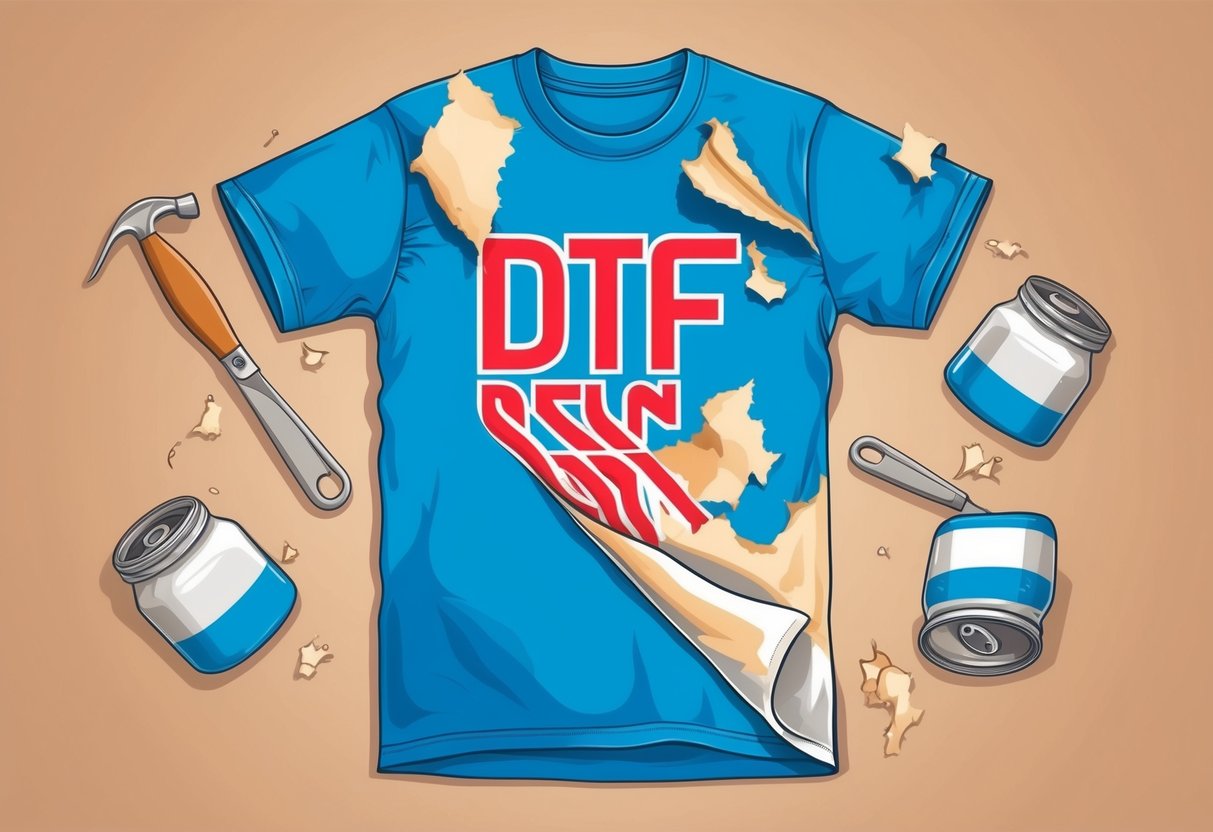
Applying DTF transfers to shirts involves using a heat press machine and high-quality materials. The application process and the quality of materials play a vital role in the longevity and appearance of the final print.
The Role of Heat Press in DTF Application
Using a heat press machine is crucial for applying DTF transfers. It ensures the even distribution of heat and pressure needed for a successful transfer.
Set the machine to the correct temperature and pressure based on the material type. Common settings might be 300-320°F and medium pressure.
Proper timing is also important, often between 15-20 seconds. Maintaining consistency in these settings ensures that the print adheres well without any risk of peeling or fading easily. The heat press technique contributes significantly to the versatility and durability of DTF transfers on shirts.
Quality of Materials and their Impact
Selecting high-quality materials affects the overall durability and look of the DTF transfer.
Use premium transfer films and adhesive powders to achieve vibrant and long-lasting prints. An adhesive powder spreads evenly and melts during the heat process to form a strong bond between the film and fabric.
Different fabrics may respond differently to heat and pressure. Therefore, testing on a small area can help ensure the right quality and application process. This attention to detail in material selection increases the lifespan of the DTF prints, keeping your designs looking fresh and vivid over time.
Maintaining Vibrant Colors and Print Quality

To keep your direct-to-film (DTF) prints looking sharp and colorful, proper care and techniques are essential. This includes methods to prevent fading, cracking, and peeling.
Preventing Fading and Color Degradation
Fading can dull the bright colors of your DTF prints. To minimize this, wash shirts inside out using cold water. This reduces agitation and direct contact with the print.
Avoid strong detergents and opt for mild ones, as harsh chemicals can strip colors. Skip bleach whenever possible and air dry shirts instead of using a dryer. The heat from drying can accelerate fading.
By taking these steps, you help preserve the vividness and contrast of your DTF prints, maintaining their high-quality appearance for longer.
Resisting Cracking and Peeling
To reduce the risk of cracking and peeling, focus on both application and care.
Ensure that pressure and temperature settings during the transfer process are correct, as this influences durability.
Avoid overloading the washing machine to prevent excessive twisting and stretching of the fabric. If ironing is necessary, place a layer of fabric over the print to protect it from direct heat.
Paying attention to these factors helps maintain your DTF prints, preventing cracks and peels. This keeps them looking as vibrant and sharp as they should be, providing you with long-lasting designs.
Care Instructions for DTF Apparel

Taking care of your DTF apparel ensures its longevity and keeps prints looking vibrant. Following the correct washing and drying methods can help maintain the quality of these garments over time. Proper storage is also crucial in preserving their condition.
Proper Washing and Drying Techniques
When washing DTF apparel, use cold water to protect prints. Hot water may cause colors to fade or the print to crack.
Turn the clothing inside out before washing to minimize friction on the design. Consider using a gentle cycle setting on your washing machine, as it reduces stress on both the fabric and the print.
After washing, avoid using a dryer on high heat. Instead, dry clothes by laying them flat on a clean surface. If you must use a dryer, ensure it’s set to a cool setting to prevent shrinking or damaging transfers. Avoid hanging wet clothes to dry, as this can stretch the fabric and distort the design.
Long-Term Storage Recommendations
Proper storage also plays a vital role in DTF apparel maintenance.
Before storing, make sure the clothes are completely dry. Fold each item carefully, keeping the printed side facing outwards to prevent any creases in the design.
Storing your garments in a cool, dry place helps avoid moisture-related damage.
Consider using breathable garment bags for additional protection, especially if storing for longer periods. Avoid stacking heavy items on top of the shirts to maintain the shape and quality of both the fabric and print. By following these tips, your DTF apparel will retain its vibrant look for years.
Evaluating DTF Printing Against Alternatives
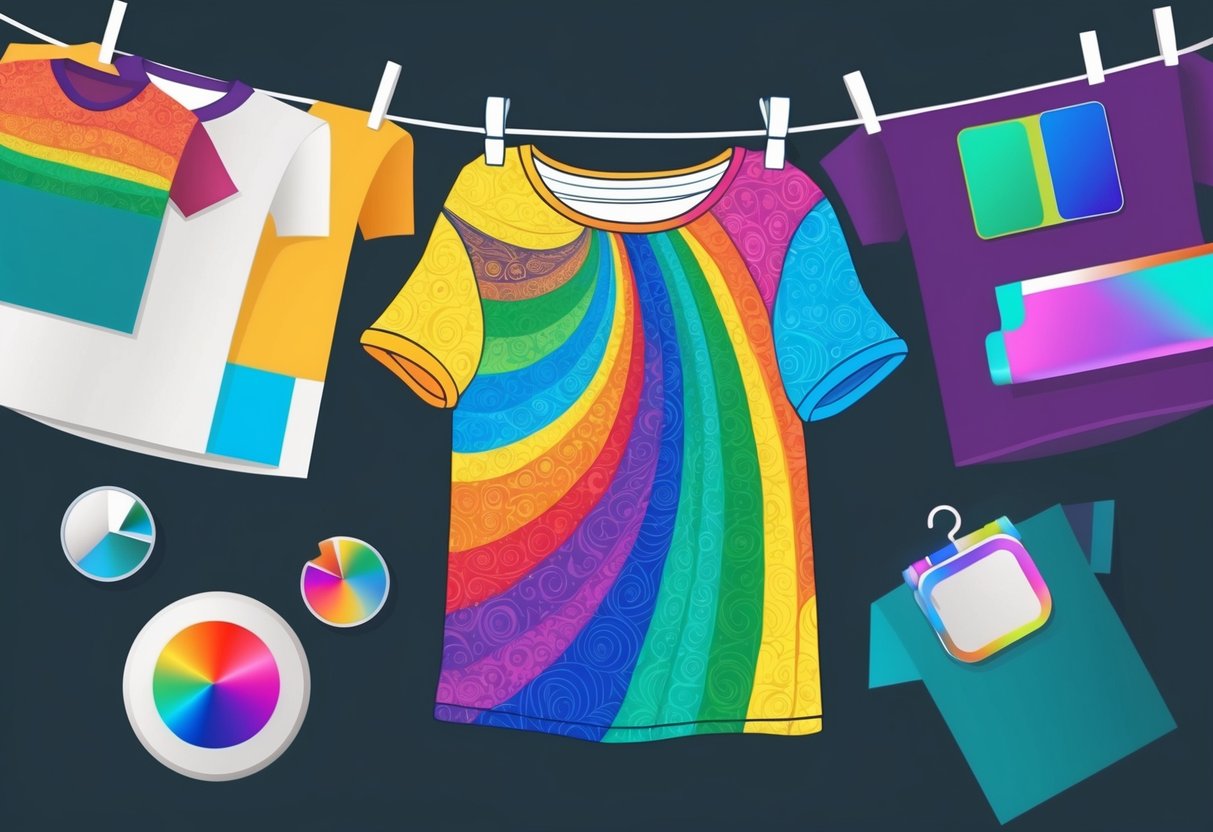
When choosing a printing method, consider durability, color vibrancy, and cost. Direct-To-Film (DTF) printing offers notable advantages in certain areas compared to other techniques like screen printing, heat transfer vinyl (HTV), sublimation printing, and direct-to-garment (DTG) printing.
DTF vs. Screen Printing
Screen printing is known for vibrant and durable prints, especially for bulk orders. It works best on cotton and requires a significant setup time.
DTF printing, on the other hand, offers more versatility with different fabrics. For small batches, DTF is more cost-effective and less time-consuming.
It provides a similar level of vibrancy without the need for multiple screens. Screen printing can be more durable over time, especially with frequent washing.
DTF vs. Heat Transfer Vinyl
Heat Transfer Vinyl (HTV) is popular for custom designs and small projects. It involves cutting and pressing designs onto fabric.
DTF printing offers greater detail and color variation compared to HTV, which can be limited by the material of the vinyl. The flexibility of DTF printing allows for more complex images and fades.
While both methods use heat, DTF requires less manual labor, making it faster for larger quantities. DTF also tends to feel softer on the fabric than HTV.
DTF vs. Sublimation Printing
Sublimation printing uses heat to transfer dye directly into fabric, resulting in durable prints but mainly works on polyester. DTF printing is more versatile with fabric types, including cotton, without limitations on color.
Sublimation excels in producing lightweight and breathable designs. For non-polyester fabrics, DTF is a better option.
Although both methods offer vibrant colors, sublimation is generally more limited in material compatibility.
DTF vs. Direct-to-Garment Printing
Direct-to-Garment (DTG) printing is excellent for full-color images and is directly applied to the fabric using inkjet technology. DTF printing has the advantage of being produced ahead of time and applied as needed.
DTG provides a soft feel and is ideal for detailed designs on a variety of colors. DTF is competitive with DTG in terms of quality but offers the added benefit of stock designs, saving on production time for repeat orders.
Custom DTF Transfers for Apparel Businesses
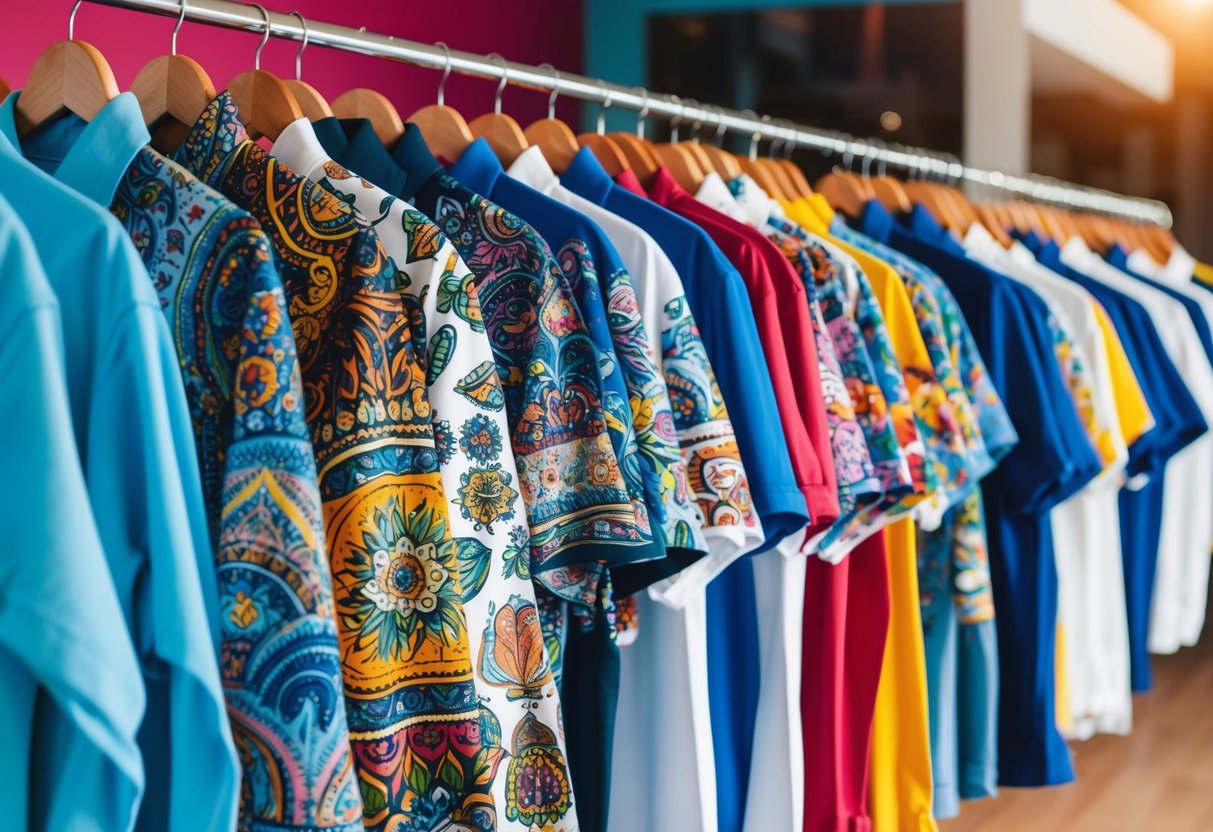
Custom DTF (Direct-to-Film) transfers are becoming a go-to method for custom apparel businesses. They offer distinct advantages that make them ideal for creating personalized clothing, especially when mastered with the right heat press techniques.
Advantages for Custom Printing
Custom DTF transfers provide several benefits. They are highly durable, which means the designs can withstand multiple washes without cracking or fading. This durability ensures that the prints look fresh for a long time.
DTF transfers work well on a wide range of fabrics, from cotton to polyester blends. This versatility allows you to offer a more diverse product line to your customers.
Moreover, DTF technology allows for vivid color reproduction. The prints display sharp and vibrant colors, which can captivate your customers’ attention.
Faster production times with DTF are another advantage, allowing you to meet tight deadlines and bulk orders easily.
Heat Press Operation for Print Shops
To achieve the best results with custom DTF transfers, proper heat press operation is crucial. First, set up your heat press at the recommended temperature and pressure settings.
Using the correct settings ensures the transfer adheres well to the fabric and maintains its vibrant colors.
Place the DTF transfer on the garment with the printed side facing down, apply pressure for about 10-15 seconds, and then let it cool. This step is vital for the design to set properly without any mishaps.
Finally, peel the film after cooling to reveal the design. This step requires precision and care to prevent damaging the print.
Mastery of heat press operation allows for consistent quality and helps in building a reputable custom apparel business.
Frequently Asked Questions
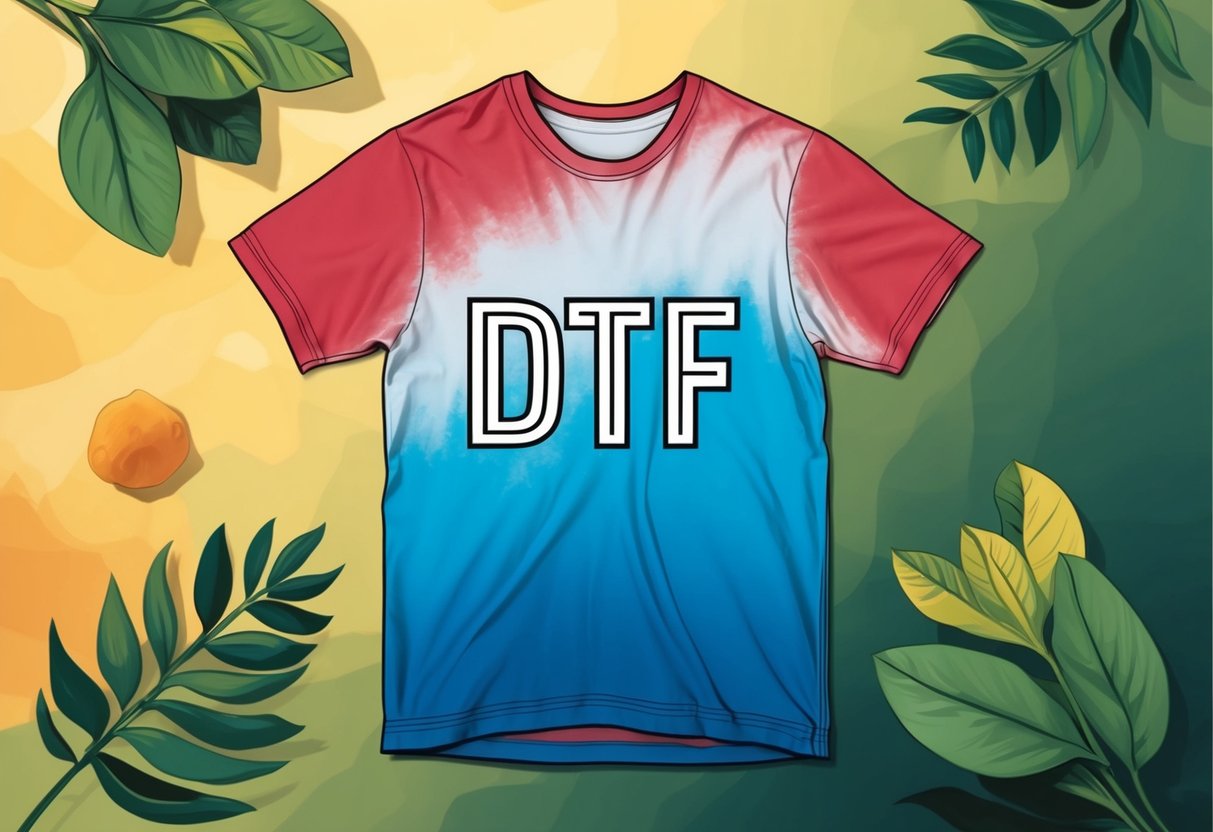
DTF transfers are known for their durability and ability to withstand multiple washes. To ensure they last longer, it’s important to follow proper care instructions.
How many washes can DTF transfers endure before showing wear?
DTF transfers typically last between 30 to 100 washes. This range depends on factors like washing temperature and frequency. Athletic clothing or items exposed to harsh conditions may show wear sooner.
What is the expected lifespan of a DTF transfer on fabric?
With proper care, DTF transfers can last 2-3 years on shirts. This includes minimizing exposure to high temperatures and frequent washes.
What are the care instructions to maximize the life of DTF printed shirts?
To prolong the life of your DTF shirt, wash it inside out in cold water. Avoid using bleach and tumble dry on low heat. Iron inside out, avoiding the printed area.
How does the durability of DTF transfers compare to that of vinyl?
Generally, DTF transfers offer comparable durability to vinyl transfers. Both methods can last a long time but require proper care to prevent damage.
What factors affect the longevity of DTF prints on shirts?
Several factors influence DTF print longevity, including washing temperature, frequency, and exposure to harsh conditions. Proper application during the heat press process is also crucial.
Are there specific practices to follow when printing to ensure DTF longevity?
For optimal results, ensure the right temperature, pressure, and time during the printing process. Use high-quality inks and transfer films to enhance durability.
Properly peel the transfer film for better adhesion.

